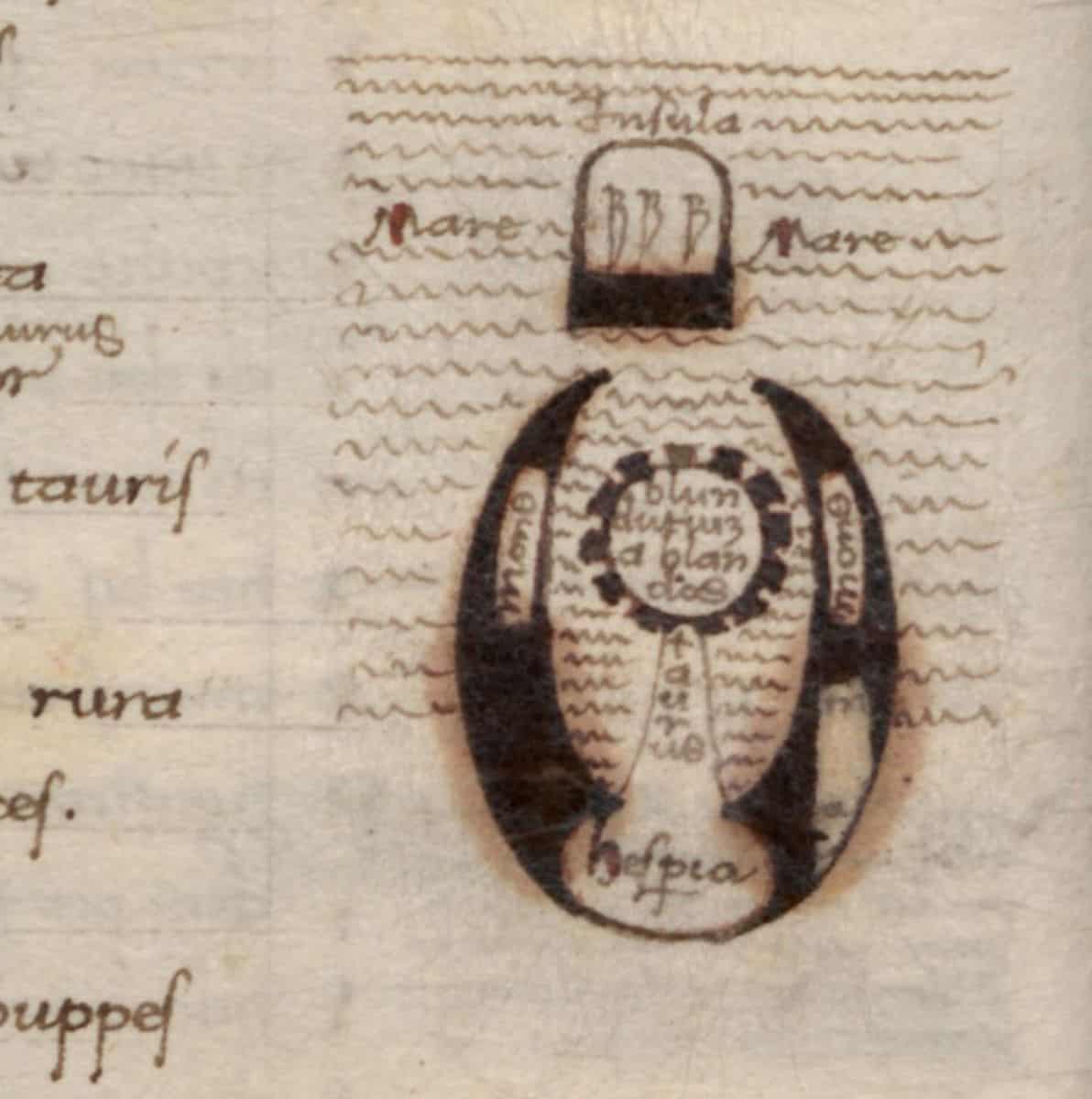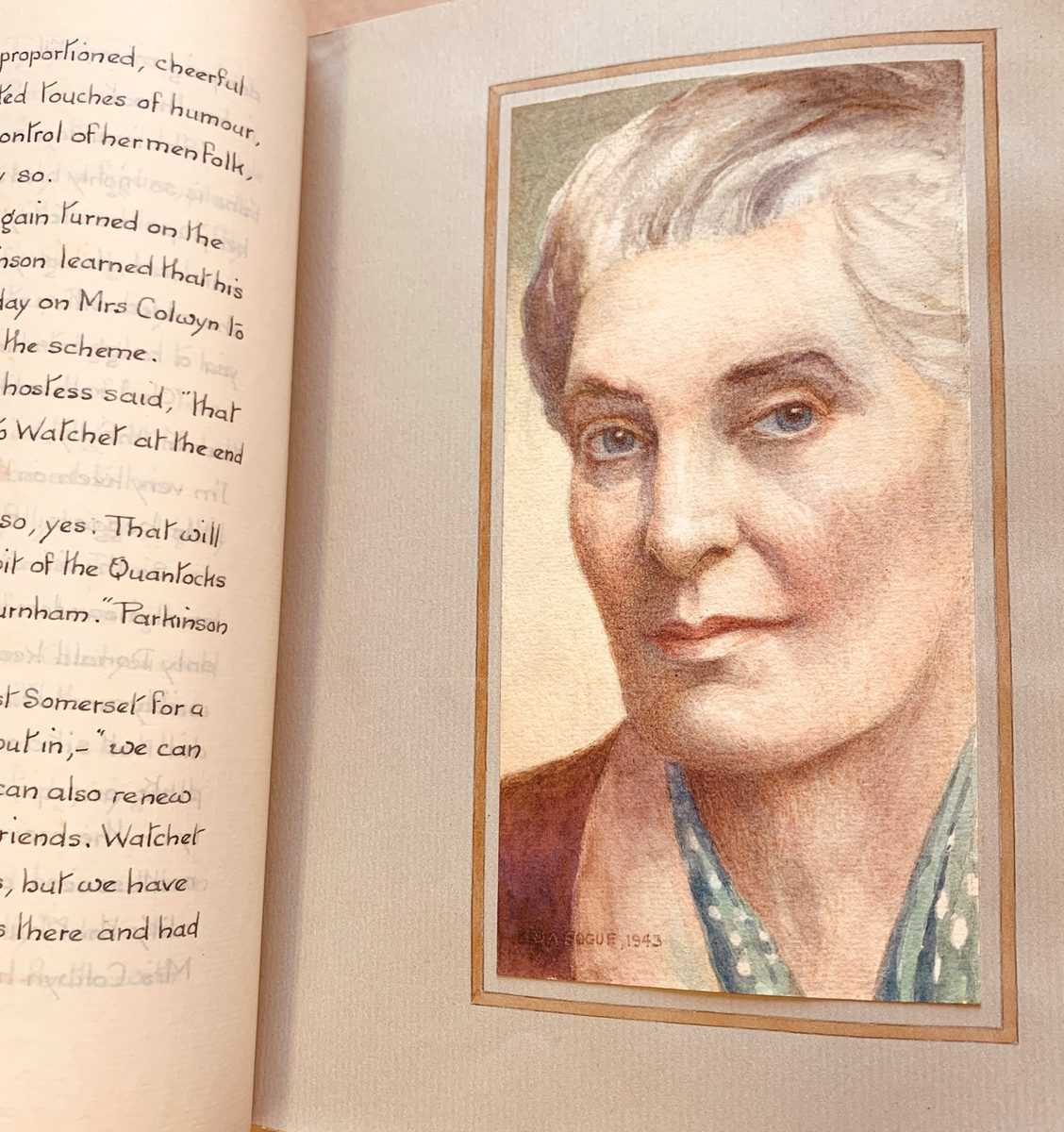“From the Classroom” is a series that features some of the great work and research from students who visit our collections. Below is a blog by Laura Moser from Dr. Jennifer Burek Pierce’s class “History of Readers and Reading” (SLIS:5600:0001). Read Behind the Lines: Recovering Deleted Verses in a 15th-century Manuscript By Laura Moser SomeContinue reading “Read Behind the Lines: Recovering Deleted Verses in a 15th-century Manuscript”
Tag Archives: manuscript
Ida Bogue’s Handmade Adventure
The following was written by Curator of Books and Maps Eric Ensley As the snow begins to melt away in Iowa City, happily we begin to think of nature and adventures along the hills and riverbanks of the countryside. This desire for spring is felt all the more as we live through times of lossContinue reading “Ida Bogue’s Handmade Adventure”

